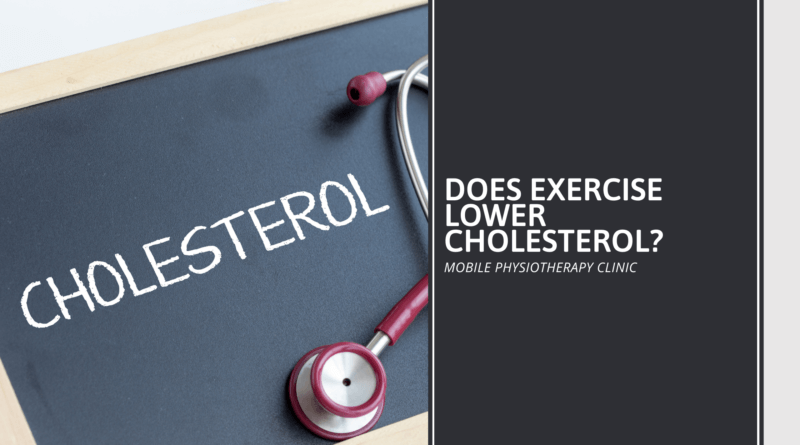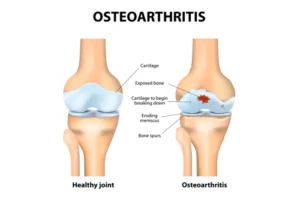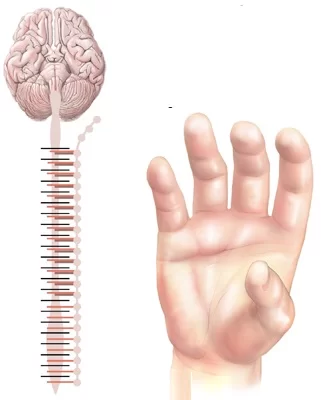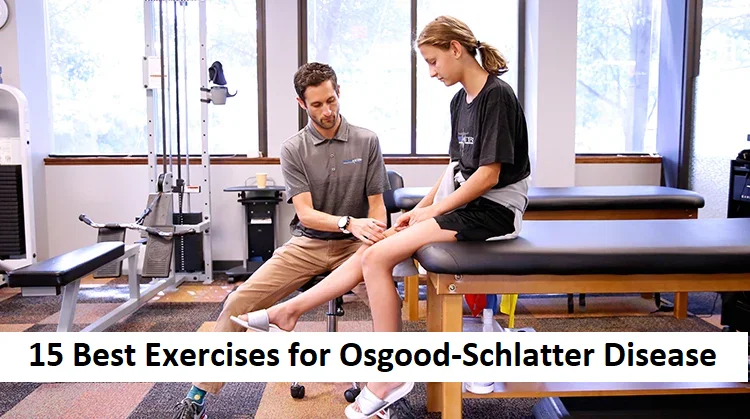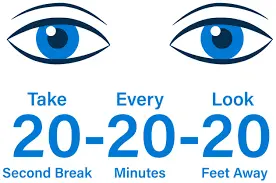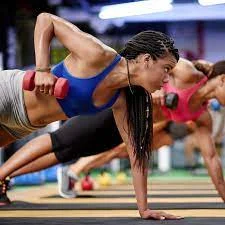Does Exercise Lower Cholesterol?
Cholesterol can be lower by exercising by up to 15% and boost HDL cholesterol by up to 20%. After a few months, you’ll notice a difference. After just 3-6 months of consistent exercise, you’ll notice a difference in your LDL level. The change in HDL takes longer to notice.
Is It Possible to Burn Cholesterol?
Cholesterol, like fats, is a form of lipid. Cholesterol, unlike fat, cannot be burned for energy, sweated off, or exercised off. Only animal products, such as meat, chicken, fish, eggs, organ meats, and high-fat dairy products, contain it.
Exercise can help lower cholesterol levels. High-density lipoprotein (HDL) cholesterol, also known as “good” cholesterol, can be raised with moderate physical exercise. Work up to 30 minutes of exercise five times a week, or 20 minutes of vigorous aerobic activity three times a week, with your doctor’s approval.
The greatest activity for lowering cholesterol is repetitive aerobic exercise that engages various muscle groups. The American Heart Association suggests exercising five to seven times per week for at least 30 minutes.
Regular exercise can help lower cholesterol levels, lowering the likelihood of negative health consequences. Brisk walking, running, and resistance training are all good physical activity options.
Exercise activates enzymes that aid in the transport of LDL from the bloodstream (and the walls of blood vessels) to the liver. The cholesterol is then either converted to bile (for digestion) or eliminated. As a result, the more exercise you do, the more LDL your body expels.
Furthermore, exercise increases the size of the cholesterol-carrying protein particles in the blood. (Lipoproteins are made up of protein particles and cholesterol, and it’s the LDLs that have been related to heart disease.) Some are small and thick, while others are large and fluffy. “The small, dense particles are more harmful than the big, fluffy ones,” Khera explains, “because the smaller ones can slip into the [linings of the heart and blood arteries] and set up shop there.” “However, exercise appears to increase the size of protein particles that transport both good and harmful lipoproteins – lower LPL or bad cholesterol”. People should aim for a minimum of 150 minutes of moderate intensity exercise per week, according to the American Heart Association (AHA)Trusted Source.
Cholesterol aids in the formation of cells, the production of vitamins and hormones, and the digestion of fatty foods. High levels of LDL cholesterol, on the other hand, can be harmful and put a person at risk for a variety of health problems, including heart attack and stroke.
Let’s look at whether exercising can help you lose weight and lower your cholesterol. We also go through various forms of physical activities to engage in and other methods a person can lower their cholesterol.
It’s important to note that a person’s body contains two types of cholesterol: LDL cholesterol and HDL cholesterol, or “good” cholesterol.
Types of Cholesterol
LDL cholesterol is what people refer to when they talk about decreasing their cholesterol levels. In the United States, about 38% of adults have high LDL cholesterol.
Is it true that exercising lowers cholesterol?
According to the American Heart Association, 150 minutes of moderate-intensity aerobic exercise each week is sufficient to cut cholesterol and lower blood pressure.
Exercise can also aid in the production of HDL cholesterol. According to a 2013 studyTrusted Source, walking for one hour five days a week for 24 weeks boosted HDL cholesterol levels in the body.
It has been found that after 10 weeks of consistent high-intensity strength training three times per week, HDL cholesterol levels in the body increased.
- Regular exercise can also benefit you in other ways, such as:
- Assisting a person in achieving or maintaining a healthy body weight
- Improving psychological well-being
- Strengthening your muscles and bones
- Increasing energy and decreasing weariness
Other methods can be used to reduce LDL cholesterol levels in the body. These include the following: Source you can trust:
- Eating a well-balanced diet
- Saturated and trans fats in the diet should be reduced.
- Cutting back on alcohol consumption
- Keeping a healthy body weight
- Smoking cessation
- Stress reduction
- Getting enough sleep is essential.
Types of exercise and their effects on cholesterol
Regular exercise can help you stay fit and healthy while also lowering your LDL cholesterol levels.
We’ve put together a list of some of the different types of activities that can help lower LDL cholesterol levels.
Walking
Regular brisk walks have numerous health advantages. People who walked for one hour five days a week experienced a reduction in LDL cholesterol in their bodies, according to one studyTrusted Source.
Walking at a fast pace on a daily basis is a great method to stay fit and healthy, and it’s generally easier to manage and carry out than jogging.
Walking has been compared to running for research purposes. According to the study, both moderate walking and intense running lowered the risk of a variety of heart-related disorders by the same amount as long as the amount of energy consumed was the same.
Running
Running on a regular basis has numerous health benefits. It can assist people in being more physically fit, losing weight, and improving their mental health.
A study published in the British Journal of Sports Medicine in 2019 found that any quantity of running reduced the chance of dying from all causes by 27%.
Running can also aid in the reduction of LDL cholesterol levels in the blood.
According to the research, any amount of running is beneficial to one’s health. People who ran longer distances, on the other hand, had significantly lower levels of LDL cholesterol in their blood, according to a much earlier studyTrusted Source.
Cycling
Cycling is another proven method of decreasing LDL cholesterol levels.
People who rode to work had lower cholesterol levels than those who did not, according to a research published in the Journal of the American Heart AssociationTrusted Source.
Cycling to work also reduced the incidence of various cardiovascular diseases, according to the authors.
Resistance Training
By forcing the muscles to operate against a sort of resistance, resistance training improves muscle strength. Resistance training is sometimes referred to as weight training.
Weights, such as dumbbells or kettlebells, weight machines found in a gym, or a person’s own body weight can all be used in resistance training.
The following are examples of common resistance training exercises:
Stomach crunches Pushups
Chest presses, deadlifts, squats and curls are examples of weightlifting.
It was also shown that premenopausal women who participated in supervised resistance training sessions observed their total and LDL cholesterol levels drop over the course of 14 weeks.
Resistance training was done three times a week in a research, with each session lasting 40–50 minutes.
Sports and other activities that are organised
Other sports and hobbies can help you lower your cholesterol and improve your overall health.
The amount of energy expended by the body when participating in the sport or activity, as well as how frequently a person participates in it, are the most important aspects to consider.
The sports and activities listed below can help:
Swimming yoga high-intensity interval training in team sports such as basketball, football, or soccer (HIIT).
How much exercise to do?
Adults should engage in a particular amount of exercise each week, according to the World Health Organization (WHO). They do, however, point out that one out of every four persons in the globe does not reach the worldwide physical activity guidelines.
Adults should strive for one of the following, according to the WHO:
at least 150–300 minutes of moderate-intensity aerobic physical activity per week at least 75–150 minutes of more vigorous-intensity aerobic physical activity per week an equivalent mix of moderate and vigorous-intensity aerobic physical activity throughout the week
Heart rate monitoring
Keeping track of a person’s heart rate while exercising can help them achieve their fitness or weight loss goals. The heart rate is an excellent predictor of how hard someone is working.
When exercising, the American Heart Association recommends that people reach 50–85 percent of their maximal heart rate.
They explain that a person’s maximum heart rate can be calculated by subtracting his or her age from 220 to get a figure in beats per minute (bpm).
A 30-year-old, for example, would remove 30 from 220 to arrive at a maximal heart rate of around 190 beats per minute.
Cholesterol levels that are ideal
Cholesterol is measured in milligrammes per deciliter (mg/dl) by scientists.
The ideal total cholesterol level, according to the Centers for Disease Control and Prevention (CDC)Trusted Source, is fewer than 200 mg/dl.
The ideal level of HDL cholesterol is greater than or equal to 60 mg/dl, whereas the recommended level of LDL cholesterol is less than 100 mg/dl.
When a person has a blood lipid test to determine these levels, their doctor can explain the implications for their health.
If a person’s cholesterol levels are beyond the recommended levels, their doctor can help them establish a treatment plan that is tailored to their needs. This plan may include suggested physical activity and dietary adjustments. Other therapies may be suggested by a doctor in some circumstances.
Regular exercise can help to lower cholesterol levels. Walking, jogging, cycling, and swimming are examples of exercises that can help a person lower their total and LDL cholesterol levels. These workouts can frequently help a person’s HDL cholesterol levels rise.
Making some lifestyle adjustments, including as improving one’s diet and stopping smoking, can also help to lower LDL cholesterol levels.

